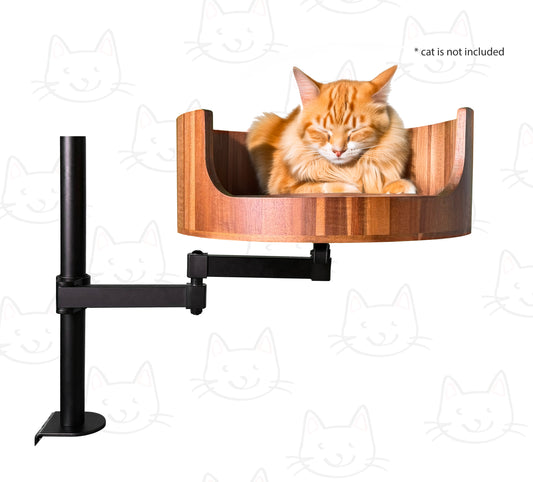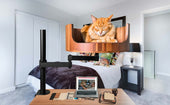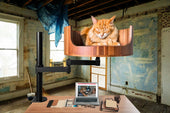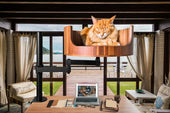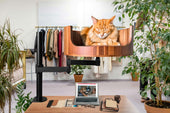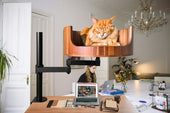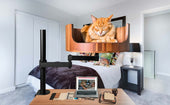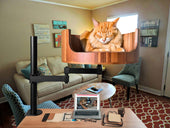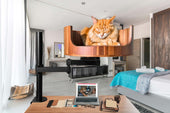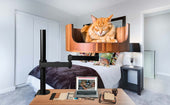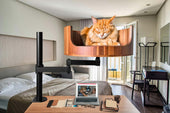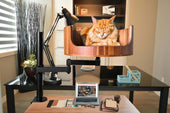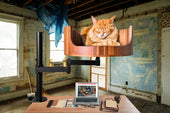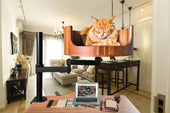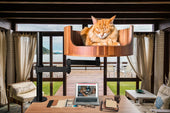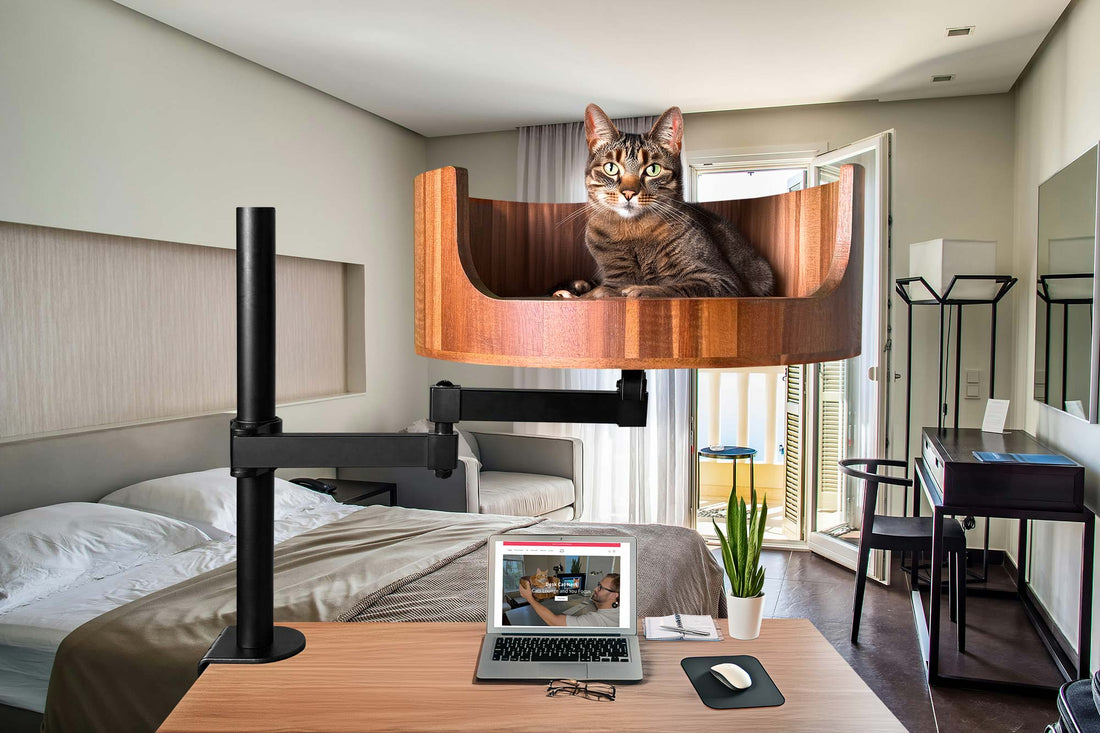
Why is my cat so small at 9 months? Understanding Growth
Share
If you're wondering why your cat is so small at 9 months, you're not alone. Many cat owners find themselves puzzled when their furry feline companion doesn't seem to be growing as quickly as expected. Understanding the growth patterns of cats can provide valuable insights into their health and well-being, and help you better care for your pet. In this article, we will delve into the factors that can influence a cat's size and growth, shedding light on why your cat might be smaller than average at 9 months.
One of the key factors that can impact a cat's growth is genetics. Just like humans, cats inherit certain traits from their parents that can influence their size, shape, and overall appearance. However, genetics are just one piece of the puzzle when it comes to understanding why your cat is small. Diet, exercise, and overall health also play a significant role in determining a cat's growth and development. By taking a closer look at these factors, you can gain a better understanding of why your cat might be smaller than expected and make informed decisions about their care and well-being.
1. Genetics, nutrition, and health play a critical role in determining a cat's size and growth rate.
2. Small stature at 9 months could be due to breed characteristics, limited nutrition, or underlying health issues.
3. Regular vet check-ups and a balanced diet are essential for ensuring healthy growth in young cats.
4. Environmental factors, such as stress or lack of exercise, can also impact a cat's growth.
5. Consulting with a veterinarian can help identify the cause of your cat's small size and develop a tailored plan for optimal growth.
Factors influencing a cat's growth
There are several factors that can influence a cat's growth rate and overall size at 9 months old. Genetics play a significant role in determining how big or small a cat will ultimately be. Some breeds are naturally smaller in size compared to others. Additionally, the cat's diet and nutrition play a crucial role in their growth and development. A diet rich in essential nutrients and high-quality protein is essential for healthy growth in cats.
Medical conditions affecting growth
Certain medical conditions can also affect a cat's growth rate and size. Issues such as malnutrition, parasites, or underlying health conditions can hinder a cat's growth and development. It is important to consult with a veterinarian if you notice any abnormalities in your cat's growth to rule out any medical concerns.
Environmental factors and socialization
Environmental factors and socialization can also play a role in a cat's growth and development. Cats that are kept in stressful or unstable environments may experience stunted growth due to the impact of stress on their overall health. Proper socialization and a stimulating environment are essential for healthy growth in cats.
Case study: Desk Cat Nest
One interesting case study to consider is the phenomenon of "Desk Cat Nest." Some cat owners may notice that their cat prefers to sleep or spend time in confined spaces, such as a desk drawer or shelf. While this behavior may seem unusual, it can actually be attributed to a cat's natural instinct for seeking out cozy and secure spaces. Providing a cat with a designated nest or cozy spot can help promote their sense of security and comfort, ultimately influencing their overall growth and development.
Tips for promoting healthy growth in cats
To ensure healthy growth in your cat, it is essential to provide them with a balanced diet, regular exercise, and mental stimulation. Additionally, regular veterinary check-ups and proper grooming are important factors in maintaining your cat's overall health and well-being. Creating a safe and nurturing environment for your cat will help support their growth and development throughout their life.
Frequently Asked Questions
Why is my cat so small at 9 months?
There could be several reasons why your cat is small at 9 months. It could be due to genetics, diet, overall health, or the cat's breed. Some cats are naturally smaller in size compared to others.
Will the Desk Cat Nest help my small cat grow bigger?
The Desk Cat Nest is designed to provide a comfortable and cozy space for your cat to rest and relax. While it may not necessarily make your cat grow bigger, it can help create a safe and stress-free environment for your small cat.
Is the Desk Cat Nest suitable for kittens?
Yes, the Desk Cat Nest is suitable for kittens as well as adult cats. The soft cushioning and enclosed space can provide a sense of security for young and small cats.
How can I encourage my small cat to eat more and gain weight?
If you're concerned about your cat's weight, it's best to consult with a veterinarian to rule out any underlying health issues. They can provide guidance on the best diet and feeding schedule for your small cat to help them gain weight in a healthy way.
Can I use the Desk Cat Nest to monitor my small cat's growth?
While the Desk Cat Nest can be a cozy spot for your cat to rest, it may not be the most accurate way to monitor your cat's growth. Regular visits to the vet and keeping track of your cat's weight and development milestones are more reliable methods for monitoring their growth.
In conclusion, providing your cat with a comfortable and secure sleeping environment, such as the Desk Cat Bed, can contribute to their overall well-being and growth. The elevated design of the bed helps alleviate any potential stress or discomfort your cat may be experiencing, ultimately leading to a happier and healthier pet. Additionally, the plush cushioning and soft fabric of the bed offer a cozy sanctuary for your cat to rest and relax, promoting better sleep and growth. Investing in a Desk Cat Bed is a valuable choice that can make a significant difference in addressing why your cat may be small at 9 months.

